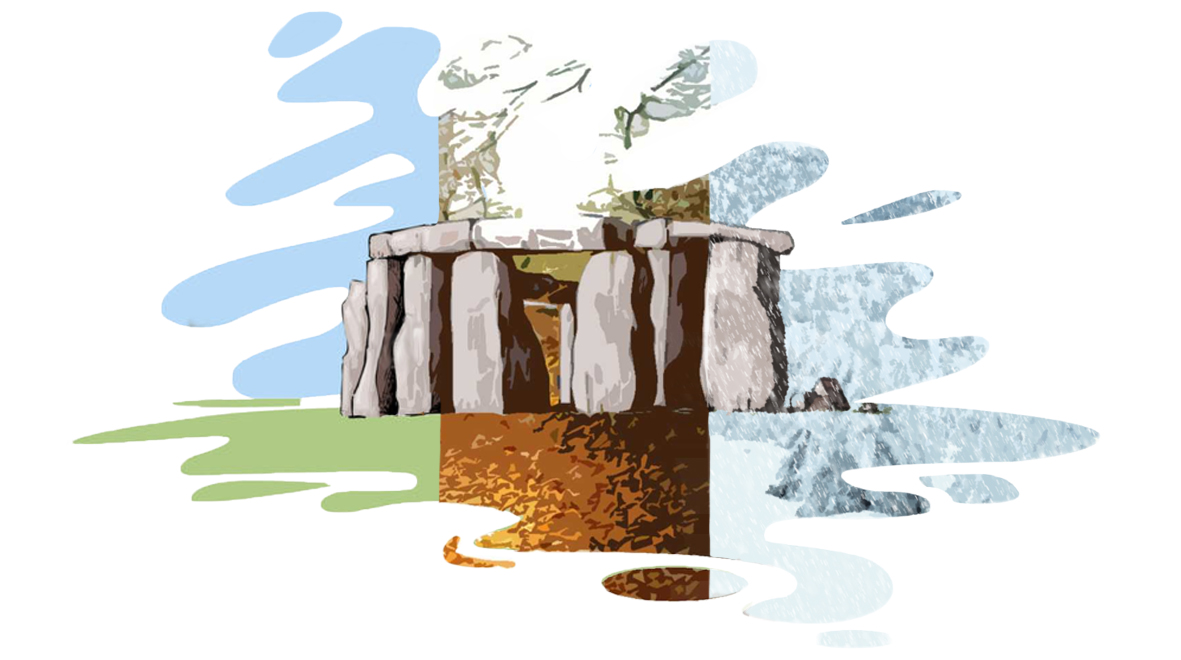Strength in numbers: monitoring of fungicide drug resistance with the help of 500 citizen scientists

In this post, Jennifer Shelton provides an insight into her PhD project which involves over 500 citizen scientists from across the world, in the hope of better understanding a species of fungus that is linked to disease.
It started by a poolside in Gran Canaria.
I was reading my book but thinking about the sticky films we use in the lab to cover plates of DNA that a former postdoc in my group had used to collect Penicillium spores for his study on the population genetics of ‘Alexander Fleming’s lucky fungus’. I’d already decided as part of my PhD to conduct a country-wide survey to determine background levels of Aspergillus fumigatus – a species of fungus – spores in the UK. I had put aside several weeks for driving around the country to collect air and soil samples, yet thoughts of a citizen science project kept buzzing. What if I asked individuals across the UK to collect samples of their local air on a single day, say summer solstice, and post them back to me?
Citizen science projects are increasing in popularity and rely on members of the public to voluntarily collect samples, process data or record observations as part of a research project. Some well-known examples include SETI@Home, which uses internet-connected computers to analyse telescope data in the search for extra-terrestrial life; Foldit, an online video game about protein folding and Swab & Send, a widespread swabbing exercise to identify novel antibiotics in the environment. (more…)